Home>Storage & Organization>Kitchen Organizing Tools>Why Do Cats Poop On The Floor Instead Of Their Litter Box
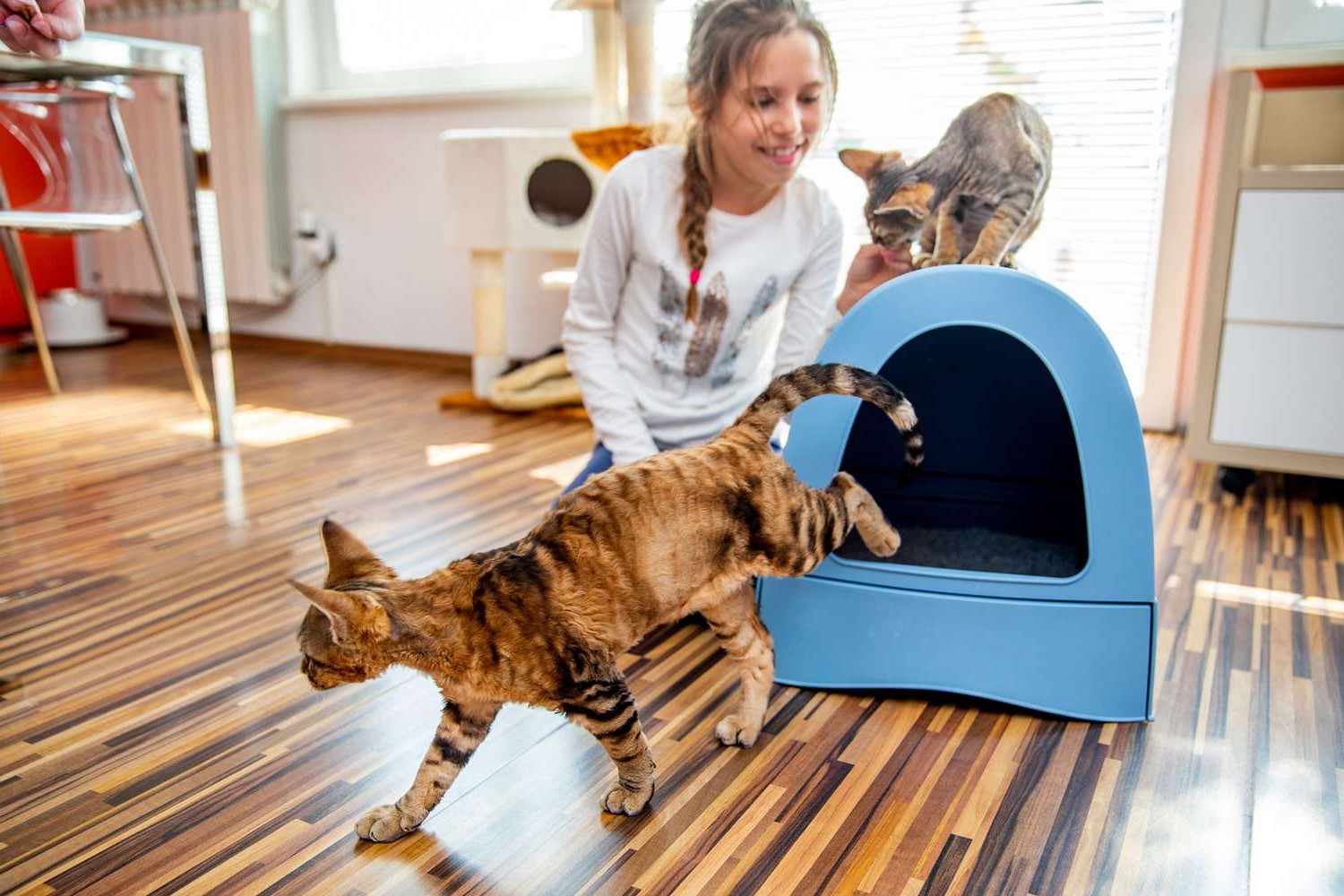

Kitchen Organizing Tools
Why Do Cats Poop On The Floor Instead Of Their Litter Box
Published: February 23, 2024
Discover the best kitchen organizing tools to keep your space clutter-free and efficient. Find the perfect solutions for a tidy and functional kitchen.
(Many of the links in this article redirect to a specific reviewed product. Your purchase of these products through affiliate links helps to generate commission for Storables.com, at no extra cost. Learn more)
Introduction
Cats are beloved companions known for their independent nature and mysterious behaviors. However, one perplexing issue that many cat owners encounter is finding their feline friends choosing to relieve themselves on the floor instead of using their designated litter box. This behavior can be frustrating and puzzling, leaving pet owners seeking answers and solutions.
Understanding the reasons behind this behavior is crucial for fostering a harmonious relationship with our feline friends. By delving into the intricacies of cat behavior and potential underlying causes, we can gain valuable insights into addressing this issue effectively. In this article, we will explore the various factors that may contribute to cats pooping on the floor, including behavioral, environmental, and medical considerations. Additionally, we will provide practical tips to encourage litter box use and promote a positive toileting experience for both cats and their human companions.
As we embark on this exploration, it's important to approach the topic with empathy and an open mind. Cats, like humans, can experience stress, discomfort, and health issues that may manifest in their behavior. By adopting a compassionate and understanding perspective, we can better support our feline companions and work towards resolving any challenges they may be facing in their toileting habits. Let's delve into the fascinating world of feline behavior and uncover the reasons behind this perplexing phenomenon.
Key Takeaways:
- Cats may poop on the floor due to stress, health issues, or litter box aversion. Understanding their behavior and providing a clean, quiet, and secure toileting area can help address this puzzling behavior.
- Cats’ toileting habits can be influenced by cleanliness, stress, and medical conditions. By creating a calm environment, addressing health concerns, and using positive reinforcement, pet owners can encourage litter box use and support their feline companions.
Read more: Why Does Cat Not Poop In The Litter Box
Understanding Cat Behavior
Cats are enigmatic creatures with a complex and nuanced set of behaviors that often leave their human companions intrigued and sometimes perplexed. Understanding the underlying motivations behind a cat's actions is essential for nurturing a strong and harmonious bond with these beloved pets. When it comes to toileting behavior, cats exhibit a range of instincts and preferences that can influence their choice of elimination sites.
One fundamental aspect of feline behavior is their instinctual drive for cleanliness. Cats are meticulous groomers, and they have a natural aversion to soiling their living spaces. This inclination towards cleanliness extends to their toileting habits, as cats typically seek out secluded and clean areas for elimination. Understanding this innate preference for cleanliness can shed light on why a cat may opt to poop on the floor instead of using their litter box.
Furthermore, cats are highly sensitive to their environment, and changes in their surroundings can significantly impact their behavior. Stressors such as new household members, changes in routine, or unfamiliar scents can trigger anxiety in cats, leading to behavioral changes, including inappropriate elimination. By recognizing the influence of environmental factors on a cat's behavior, pet owners can take proactive steps to create a calm and reassuring space for their feline companions.
Additionally, territorial instincts play a pivotal role in shaping a cat's behavior, including their toileting preferences. Cats are inherently territorial animals, and they may use elimination as a means of marking their territory. In multi-cat households, competition for resources and territory can contribute to toileting issues, as cats may feel compelled to assert their dominance through marking behaviors. Understanding the intricate dynamics of feline territoriality can provide valuable insights into addressing inappropriate elimination and promoting a harmonious coexistence among multiple cats.
Moreover, individual cat personalities and preferences also play a significant role in understanding their toileting behavior. Some cats may have specific preferences regarding the type of litter, the cleanliness of the litter box, or the privacy of the elimination area. By recognizing and accommodating these individual preferences, pet owners can create an environment that aligns with their cat's toileting needs, reducing the likelihood of floor soiling incidents.
In essence, understanding cat behavior involves delving into the multifaceted nature of feline instincts, environmental influences, and individual preferences. By gaining a deeper insight into the complexities of cat behavior, pet owners can cultivate a supportive and enriching environment that promotes positive toileting habits and fosters a strong bond with their feline companions.
Possible Reasons for Cats Pooping on the Floor
Cats are fastidious creatures with a strong inclination towards cleanliness, making it perplexing when they choose to bypass their litter box in favor of the floor. Understanding the potential reasons behind this behavior is essential for addressing the issue effectively and providing the necessary support for our feline companions.
-
Litter Box Aversion: Cats may develop an aversion to their litter box due to various factors, such as an unpleasant odor, an uncomfortable texture of the litter, or a lack of cleanliness. If a cat perceives the litter box as unappealing, they may seek alternative elimination sites, including the floor, as a response to their discomfort.
-
Stress and Anxiety: Cats are sensitive to changes in their environment, and stress or anxiety can manifest in their toileting behavior. Events such as moving to a new home, the introduction of a new pet, or changes in the household routine can trigger anxiety in cats, leading to inappropriate elimination as a coping mechanism for their distress.
-
Territorial Marking: In multi-cat households or in environments where unfamiliar cats are present, territorial disputes may arise, prompting cats to engage in marking behaviors. Pooping on the floor can serve as a means of territorial assertion, especially in areas where cats perceive a threat to their territory.
-
Medical Issues: Underlying medical conditions can significantly impact a cat's toileting habits. Issues such as urinary tract infections, gastrointestinal disorders, or arthritis can cause discomfort or pain during elimination, prompting cats to seek alternative sites that they perceive as more comfortable.
-
Litter Box Location: The placement of the litter box within the home can influence a cat's willingness to use it. If the litter box is located in a high-traffic or noisy area, cats may feel vulnerable and opt for a more secluded and secure location, such as the floor, for elimination.
-
Litter Box Size and Cleanliness: Cats have specific preferences when it comes to the size and cleanliness of their elimination area. A litter box that is too small or infrequently cleaned may deter cats from using it, leading them to seek alternative spots that align with their preferences for space and hygiene.
Understanding these potential reasons for cats pooping on the floor provides valuable insights into addressing the issue with empathy and effective strategies. By considering the various factors that may influence a cat's toileting behavior, pet owners can take proactive steps to create a supportive environment that encourages positive elimination habits and promotes the well-being of their feline companions.
Ensure the litter box is clean and in a quiet, accessible location. Cats may avoid using a dirty or hidden box. Also, consider any changes in their environment or diet that may be causing stress or digestive issues.
Medical Issues to Consider
When a cat exhibits a sudden change in toileting behavior, particularly by pooping on the floor instead of using the litter box, it's crucial to consider the possibility of underlying medical issues. Cats, like humans, can experience a range of health conditions that may impact their elimination habits, prompting them to seek alternative sites for relieving themselves.
One of the primary medical concerns associated with inappropriate elimination is urinary tract issues. Cats are susceptible to conditions such as urinary tract infections (UTIs), bladder inflammation, and urinary blockages, all of which can cause discomfort and pain during urination and defecation. When a cat experiences pain or discomfort while using the litter box, they may associate it with the act of elimination itself, leading them to avoid the litter box and choose the floor as a more comfortable alternative.
Gastrointestinal disorders also warrant consideration when addressing a cat's toileting behavior. Conditions such as constipation, diarrhea, inflammatory bowel disease, or gastrointestinal obstructions can significantly impact a cat's bowel movements and may lead to instances of floor soiling. Cats experiencing gastrointestinal discomfort may seek out alternative elimination sites in an attempt to alleviate their discomfort, highlighting the importance of addressing potential medical issues in cases of inappropriate elimination.
Furthermore, musculoskeletal conditions, such as arthritis or joint pain, can influence a cat's ability to posture comfortably while using the litter box. Cats experiencing pain or stiffness in their joints may find it challenging to enter and exit the litter box or assume the necessary posture for elimination. As a result, they may opt for the floor as a more accessible and less painful location for relieving themselves.
In addition to specific medical conditions, age-related changes in senior cats can also contribute to shifts in toileting behavior. Elderly cats may experience decreased mobility, cognitive changes, or age-related ailments that impact their ability to access and use the litter box effectively. Understanding the potential impact of aging on a cat's toileting habits is essential for providing appropriate support and accommodations to meet their evolving needs.
When addressing inappropriate elimination, it's imperative to consult a veterinarian to rule out potential medical issues and ensure the overall health and well-being of the cat. Diagnostic tests, including urinalysis, fecal examinations, and physical examinations, can help identify underlying medical conditions that may be contributing to the cat's floor soiling behavior. By prioritizing the consideration of medical issues, pet owners can take proactive steps to address any health concerns and provide the necessary care and support for their feline companions.
Tips for Encouraging Litter Box Use
Encouraging consistent litter box use is essential for fostering positive toileting habits in cats and promoting a harmonious living environment. By implementing effective strategies and creating an inviting toileting space, pet owners can support their feline companions in utilizing the litter box appropriately. Here are practical tips for encouraging litter box use:
-
Maintain Cleanliness: Regularly scoop the litter box to remove waste and clumps, ensuring a clean and inviting elimination area for the cat. Cats are fastidious creatures and are more likely to use a clean litter box.
-
Choose the Right Litter: Consider the cat's preferences when selecting litter. Cats may have individual preferences for litter texture and scent, so experimenting with different types of litter can help identify the most appealing option for the cat.
-
Provide Sufficient Litter Boxes: In multi-cat households, ensure there are an adequate number of litter boxes available. The general recommendation is to have one litter box per cat, plus an additional box to minimize competition and territorial issues.
-
Strategic Litter Box Placement: Position the litter box in quiet, low-traffic areas of the home to provide cats with a sense of security and privacy during elimination. Avoid placing the litter box near noisy appliances or in areas frequented by other pets or household members.
-
Address Environmental Stressors: Minimize environmental stressors that may contribute to anxiety in cats. Create a calm and predictable environment by maintaining consistent routines and providing enriching activities to alleviate stress and promote a sense of security.
-
Positive Reinforcement: Use positive reinforcement techniques to encourage litter box use. Offer praise, treats, or interactive play sessions near the litter box to create positive associations with the elimination area.
-
Monitor and Address Medical Concerns: Regularly monitor the cat's health and behavior, and promptly address any signs of discomfort or changes in toileting habits. Consult a veterinarian to rule out potential medical issues that may impact the cat's litter box use.
-
Gradual Litter Box Changes: When introducing a new type of litter or transitioning to a different litter box, make changes gradually to allow the cat to acclimate to the new environment and toileting materials.
-
Seek Professional Guidance: In cases of persistent litter box aversion or inappropriate elimination, seek guidance from a feline behavior specialist or veterinarian with expertise in addressing toileting issues. Professional support can provide tailored strategies to address specific challenges.
By implementing these tips and understanding the unique preferences and behaviors of individual cats, pet owners can create an environment that promotes consistent litter box use and supports the overall well-being of their feline companions. With patience, empathy, and proactive measures, pet owners can work towards resolving litter box aversion and fostering positive toileting habits in their beloved cats.
Conclusion
In conclusion, the perplexing behavior of cats pooping on the floor instead of using their litter box can be attributed to a myriad of factors, including behavioral, environmental, and medical considerations. Understanding the intricate nuances of feline behavior, the impact of environmental stressors, and the potential influence of underlying medical issues is essential for addressing this challenging issue with empathy and effective strategies.
By delving into the complexities of cat behavior, we gain valuable insights into the instinctual drives, territorial dynamics, and individual preferences that shape a cat's toileting habits. Recognizing the significance of cleanliness, privacy, and environmental security for cats sheds light on their inclination towards floor soiling in response to perceived aversions to the litter box.
Moreover, the role of environmental stressors, such as changes in routine, new household dynamics, and territorial disputes, underscores the impact of the living environment on a cat's behavior. Creating a calm, predictable, and enriching space for our feline companions is pivotal in mitigating stress-related toileting issues and promoting a sense of security and well-being.
Furthermore, the consideration of potential medical issues, including urinary tract conditions, gastrointestinal disorders, and age-related changes, highlights the importance of prioritizing the cat's health and well-being. By promptly addressing any signs of discomfort or changes in toileting behavior and seeking professional guidance when necessary, pet owners can ensure that their cats receive the necessary care and support to address underlying medical concerns.
In encouraging litter box use, the implementation of practical strategies, such as maintaining cleanliness, strategic litter box placement, and positive reinforcement, plays a crucial role in creating an inviting and supportive elimination environment for cats. By understanding and accommodating the individual preferences and needs of our feline companions, we can work towards fostering positive toileting habits and strengthening the bond with our beloved pets.
Ultimately, addressing the perplexing issue of cats pooping on the floor requires a holistic approach that integrates empathy, understanding, and proactive measures. By embracing the complexities of feline behavior, prioritizing environmental harmony, and addressing potential medical concerns, pet owners can navigate this challenge with compassion and dedication, ultimately fostering a positive and enriching toileting experience for their cherished feline companions.
Frequently Asked Questions about Why Do Cats Poop On The Floor Instead Of Their Litter Box
Was this page helpful?
At Storables.com, we guarantee accurate and reliable information. Our content, validated by Expert Board Contributors, is crafted following stringent Editorial Policies. We're committed to providing you with well-researched, expert-backed insights for all your informational needs.
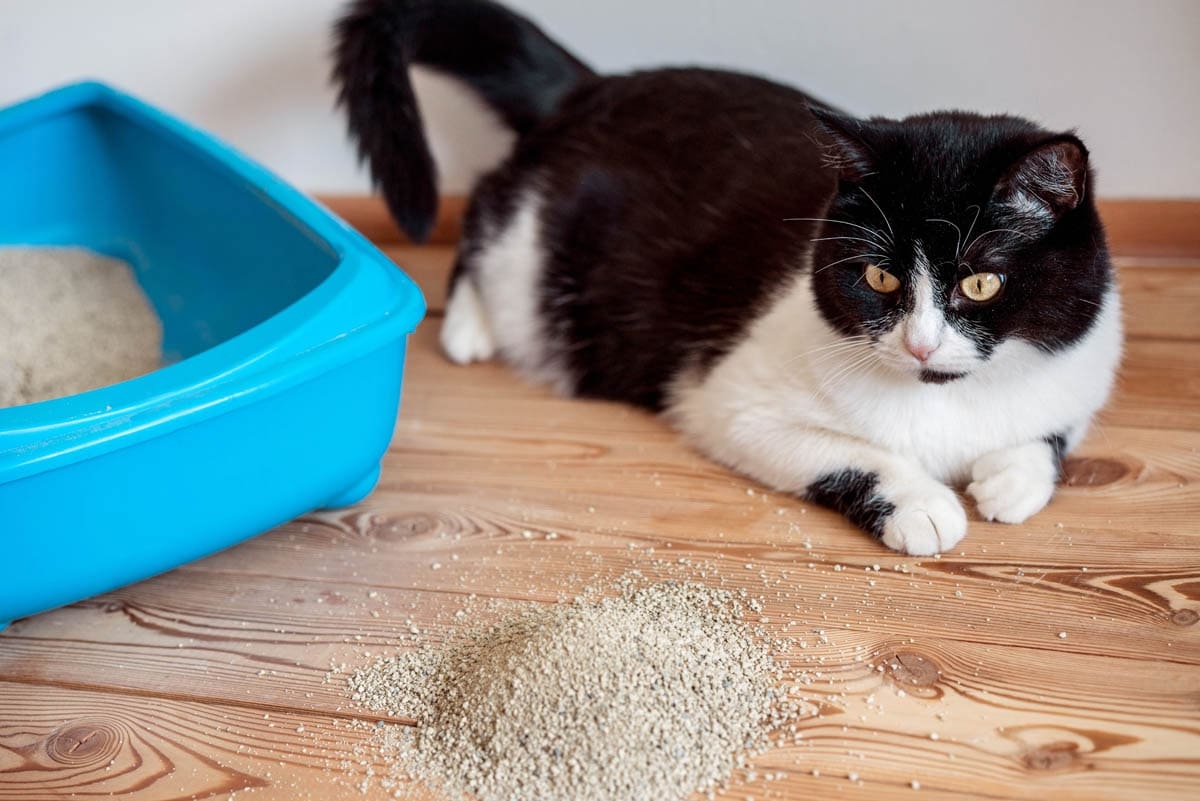
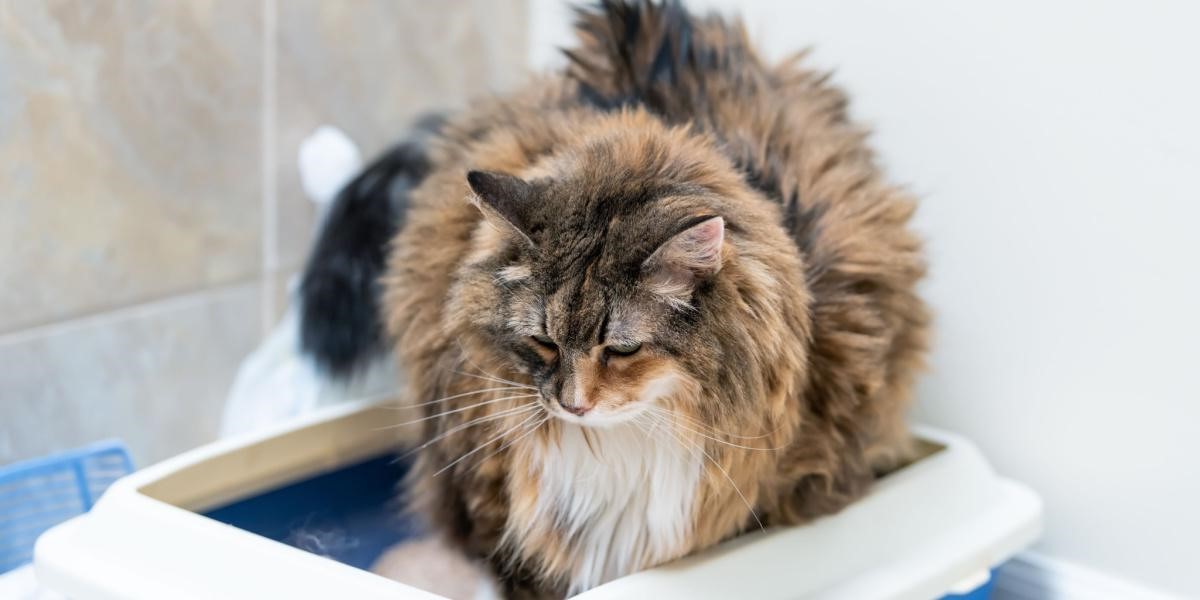
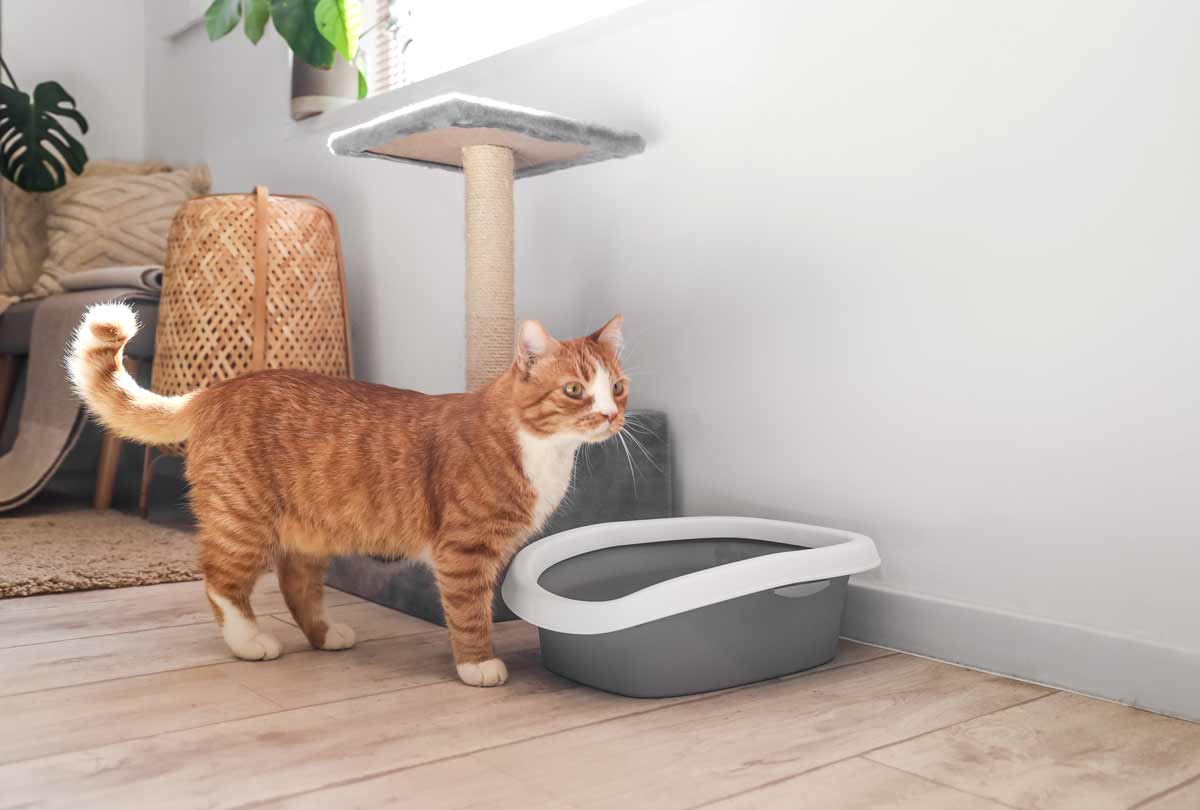
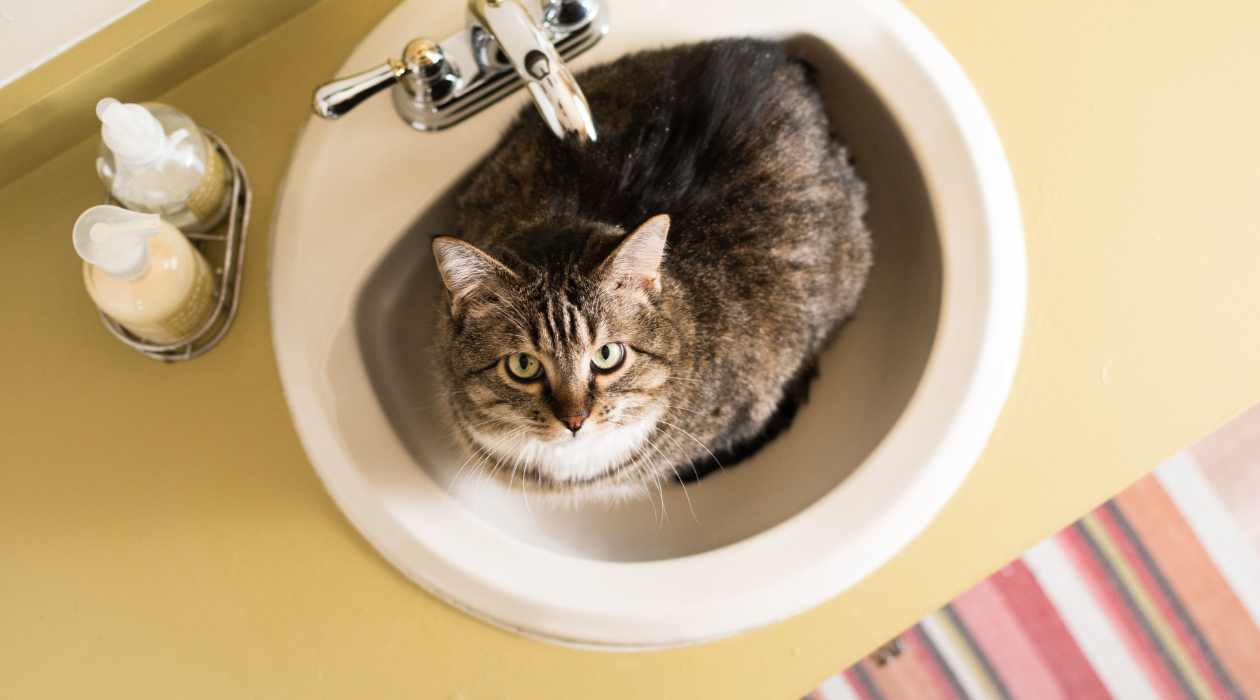
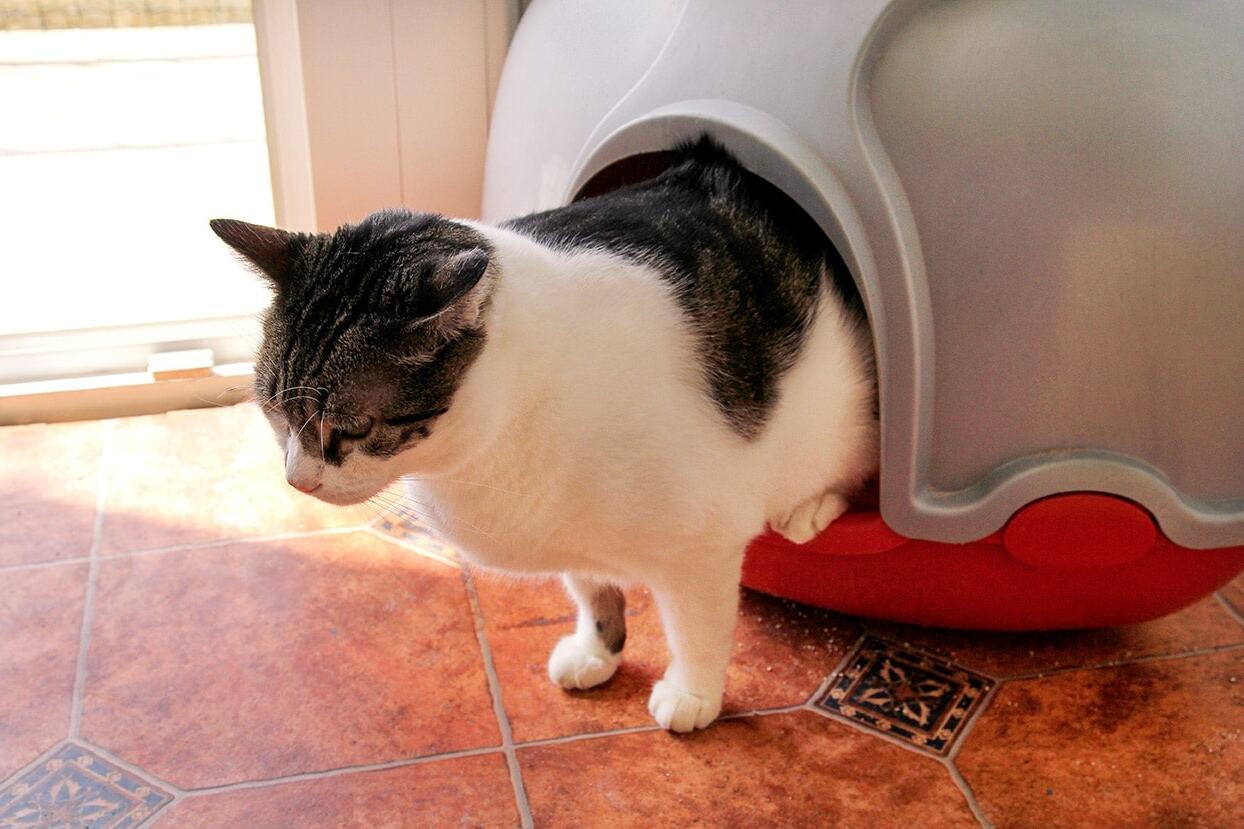
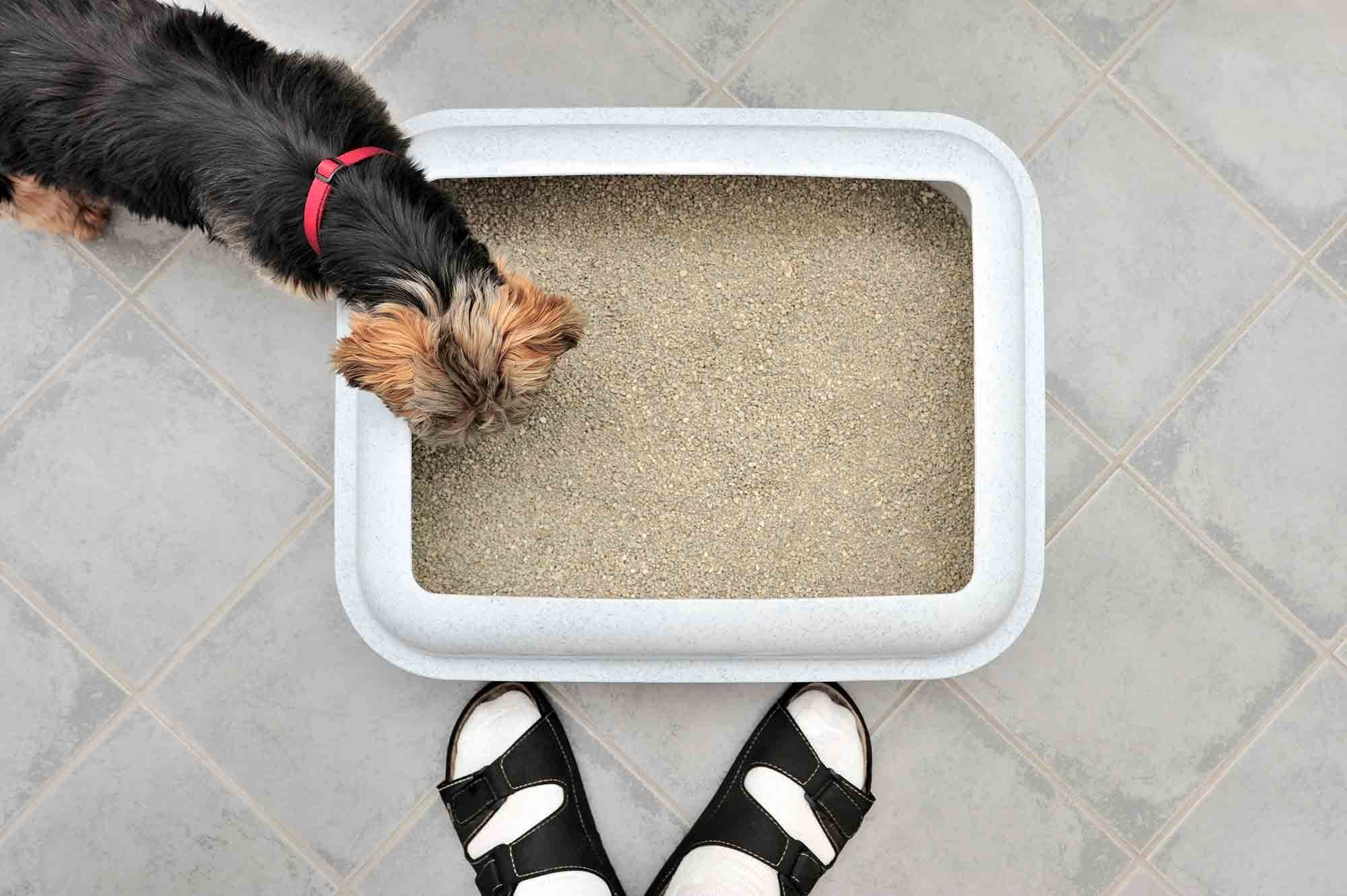
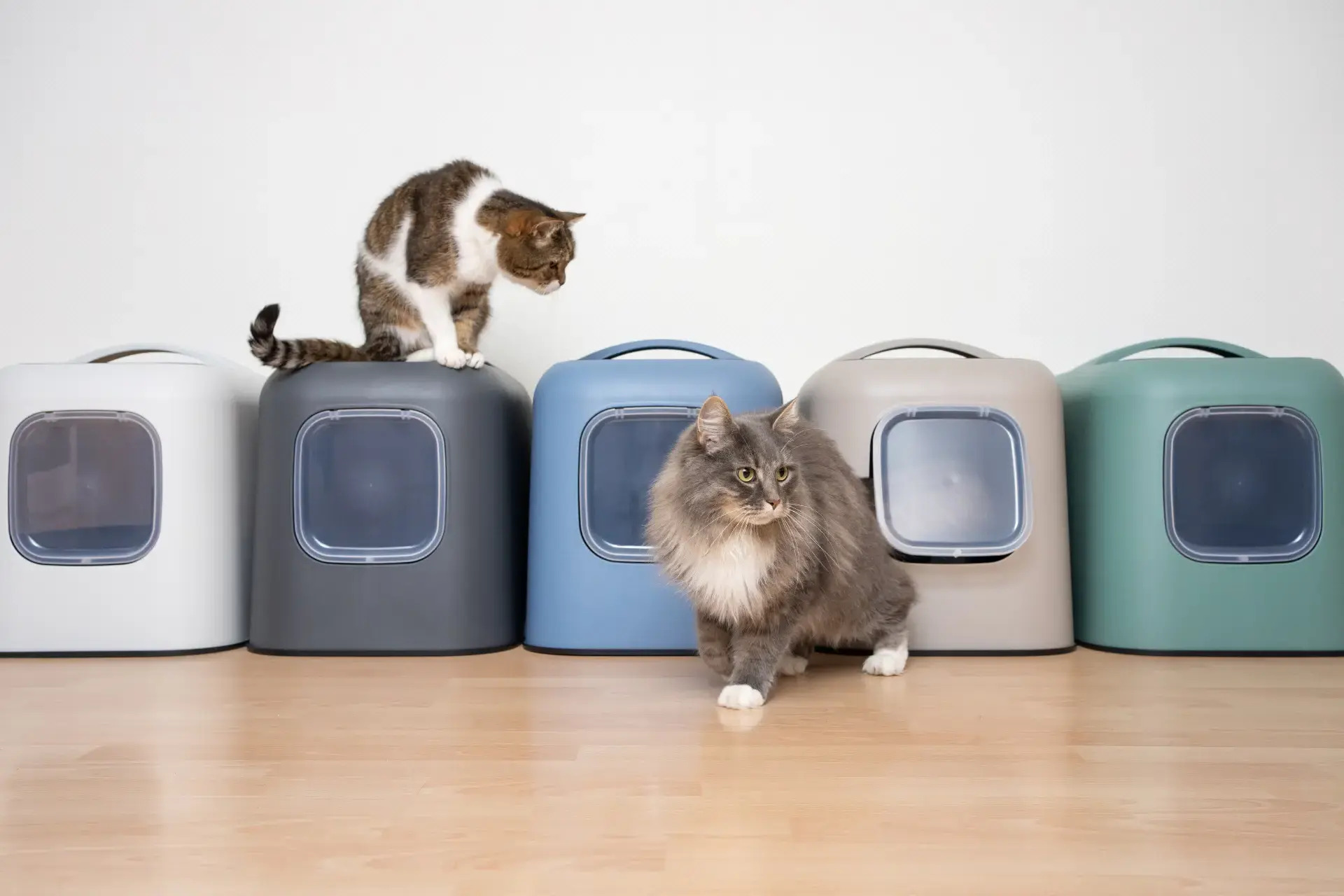
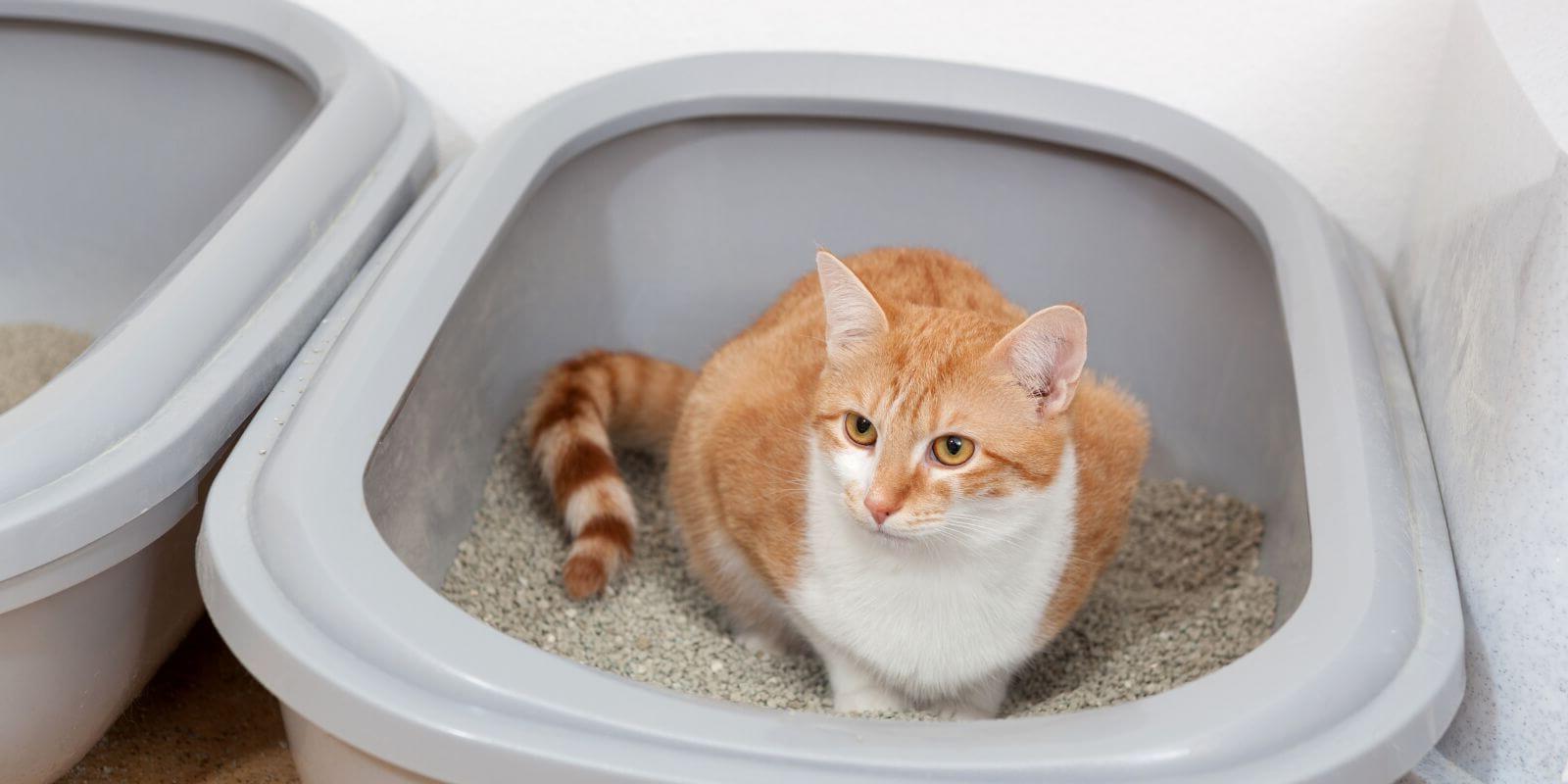
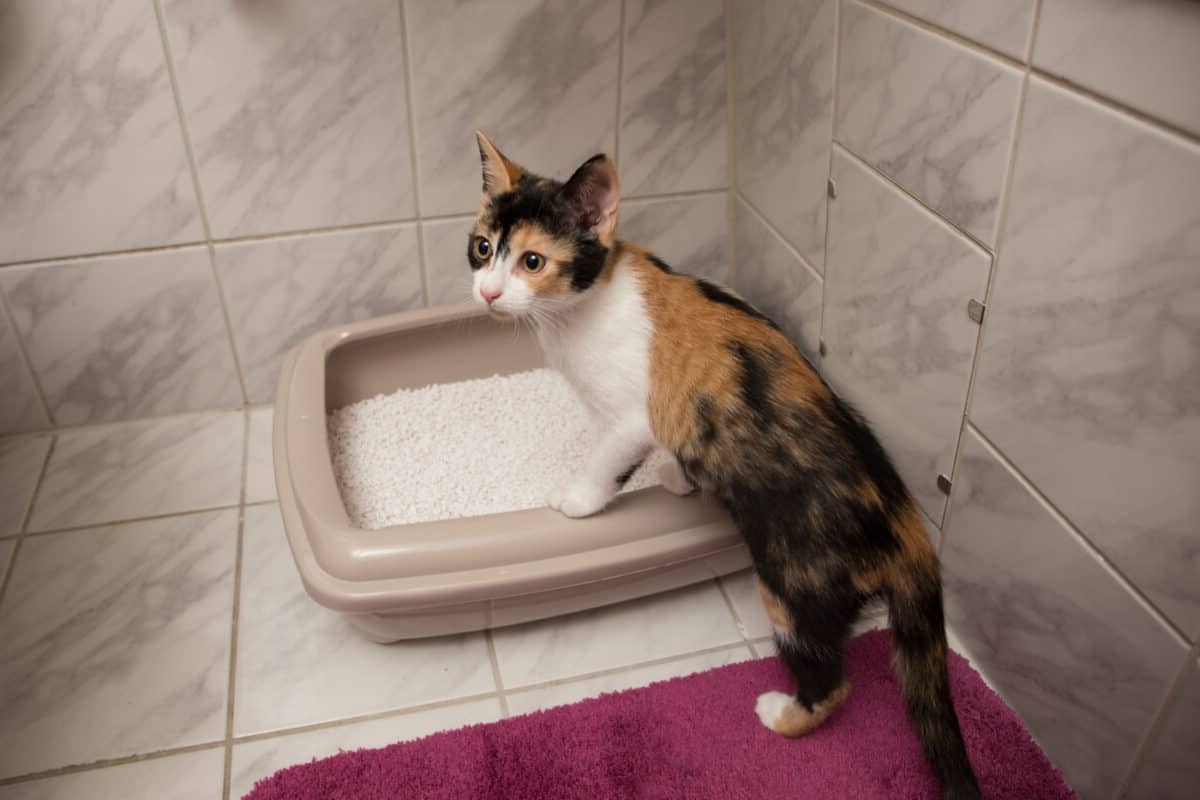
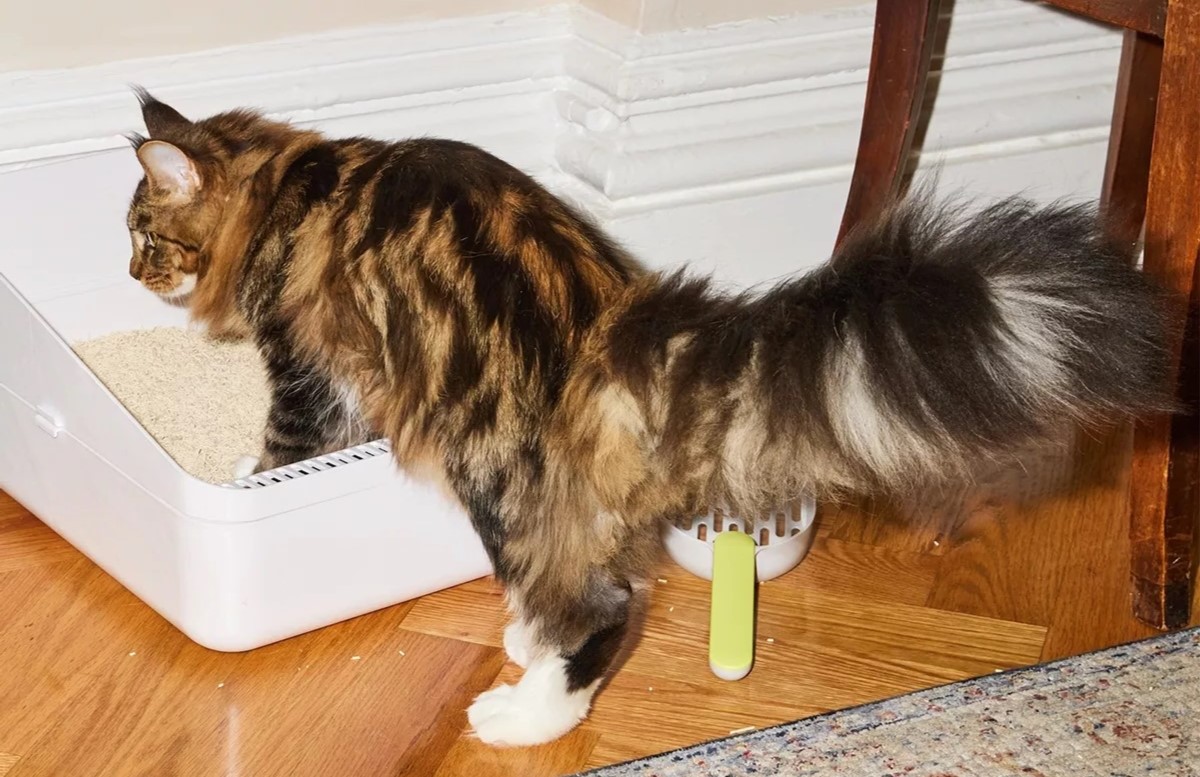
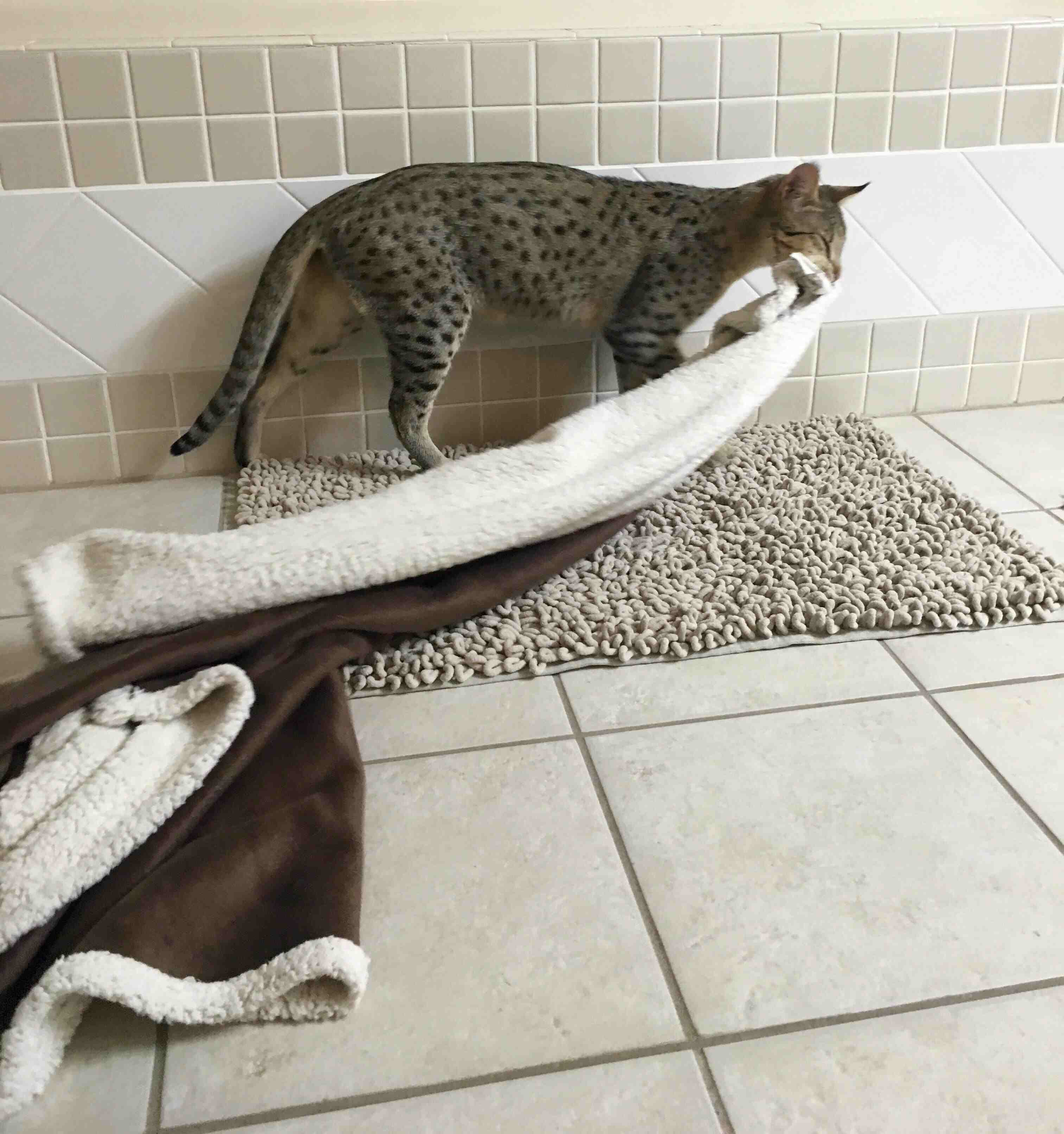
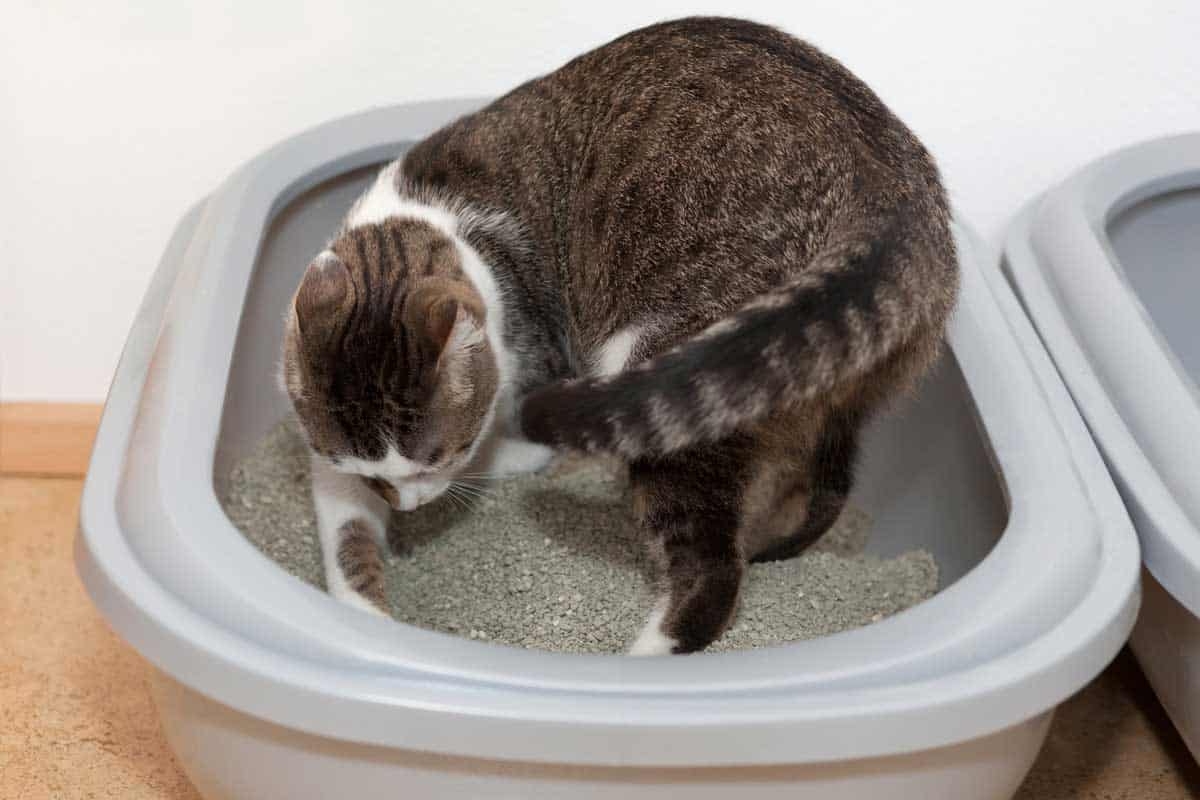
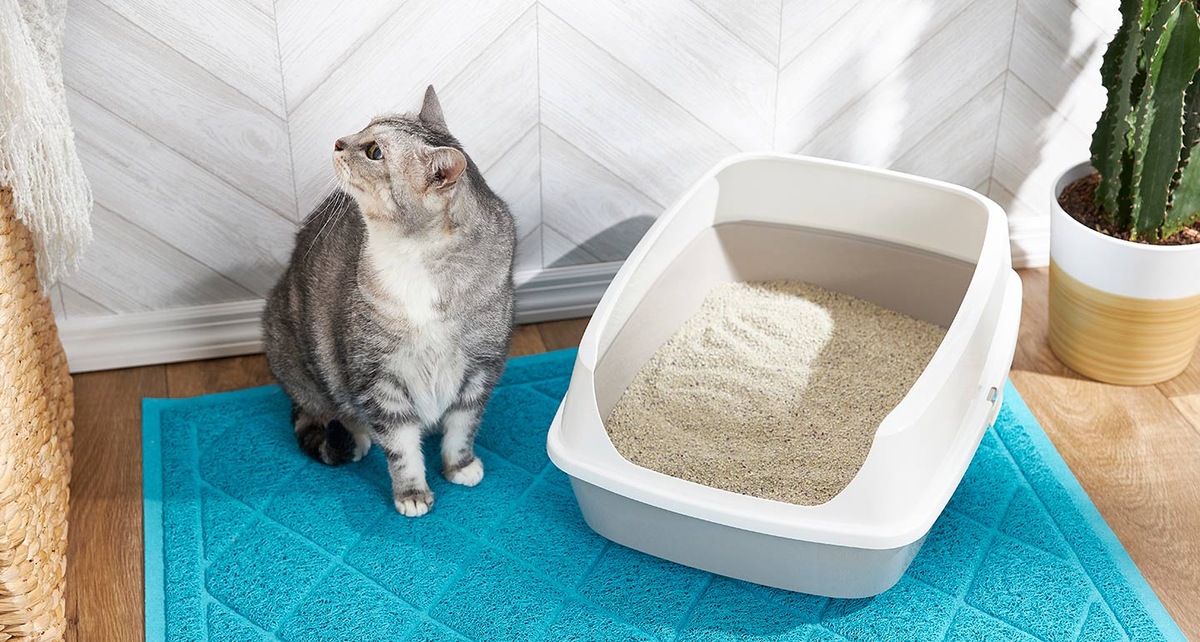
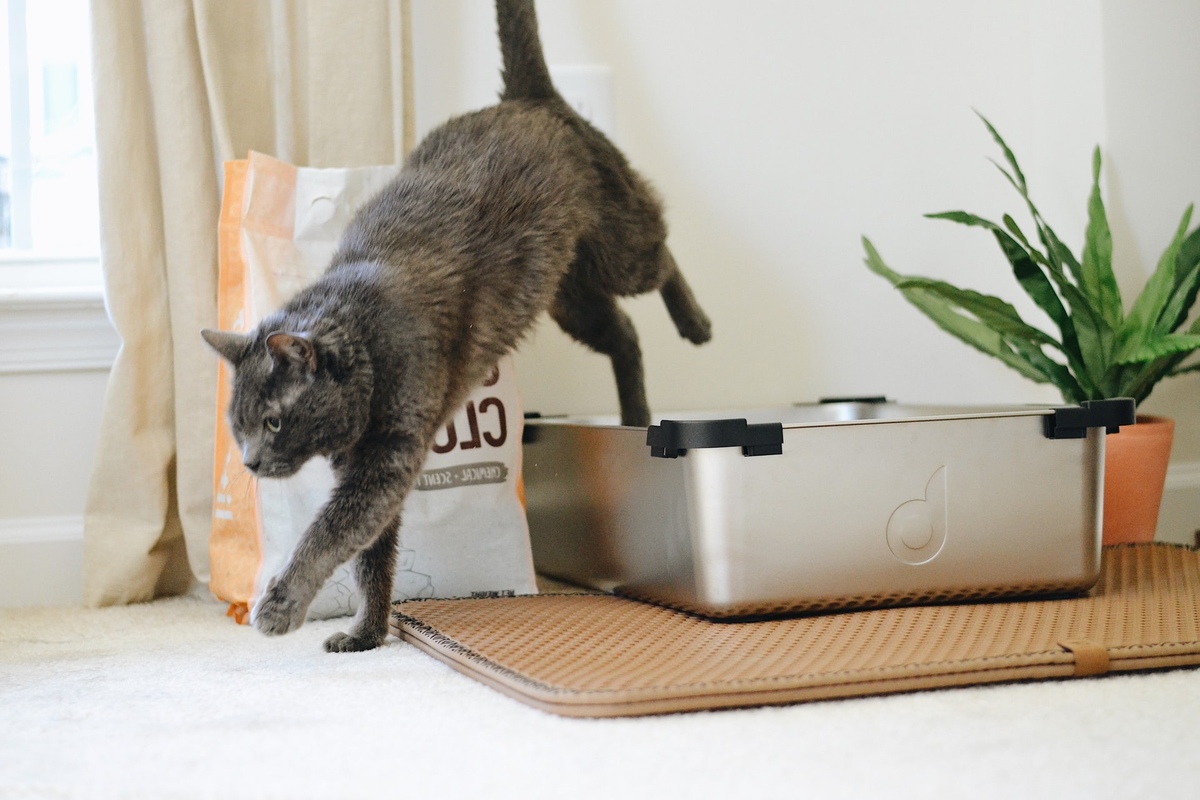

0 thoughts on “Why Do Cats Poop On The Floor Instead Of Their Litter Box”